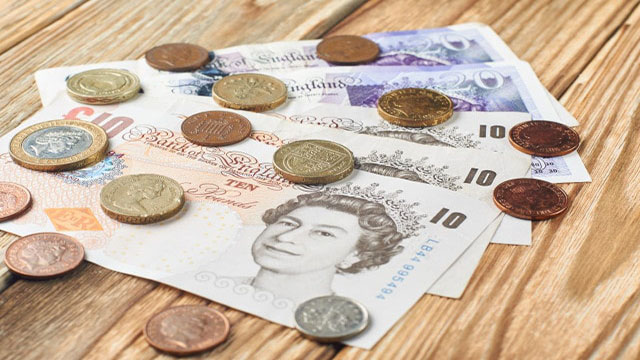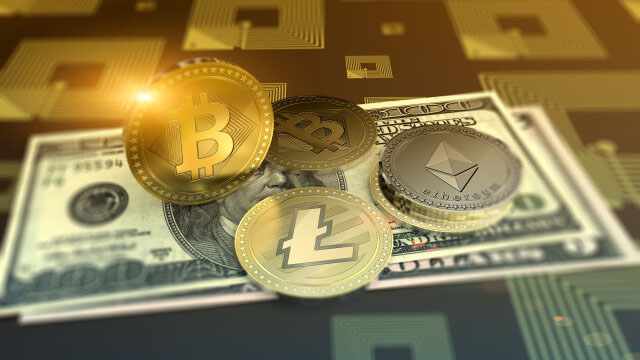
 1026
1026
GBP/USD Rebounds Amid US Dollar Weakness and Rate Strategy Speculation
The GBP/USD currency pair is experiencing a rebound on Monday, buoyed by a recent decline in the value of the US dollar. Anticipation surrounding a less aggressive rate-cut strategy from the Bank of England is lending support to the British Pound. However, expectations for the Federal Reserve to maintain its current interest rates could limit the potential for significant losses in the dollar.
During the Asian trading session, GBP/USD has attracted buyers seeking to capitalize on recent dips, halting a downward correction from above the 1.2700 level, which was reached last week. The recent uptick has pushed the exchange rate back over the 1.2600 threshold, thanks to the dollar’s subdued performance.
Growing uncertainty regarding the US economic outlook is contributing to the weakening of the dollar. Despite a brief recovery from a two-month low, the dollar index — tracking the currency against a range of others — begins the week on a downward trend. This decline partially erases a significant increase noted on Friday.
In contrast, the British Pound shows relative strength as market participants expect the Bank of England to ease policy more cautiously. Nevertheless, concerns over potential tariffs from the US administration and their implications for the UK economy might temper enthusiasm among GBP bulls. Additionally, geopolitical uncertainties could further limit the extent of dollar losses, thereby capping gains for GBP/USD.
Another factor influencing dollar strength is the evident pause in the US inflation reduction process, reinforcing speculation that the Federal Reserve may take a more cautious approach towards future interest rate adjustments. This caution could keep gains for GBP/USD in check, prompting traders to remain cautious regarding re-entering the recent upward trend from the year’s lows witnessed earlier in January.
Looking ahead, traders are anxious for key economic indicators from the US, beginning with the ISM Manufacturing PMI. The highlight will be the upcoming Nonfarm Payrolls report which is expected to influence the Fed’s rate strategies and subsequently impact demand for the dollar.














